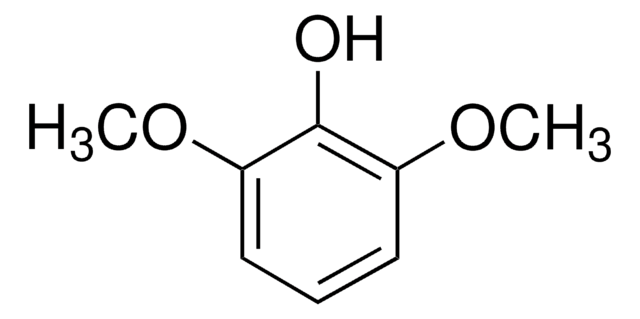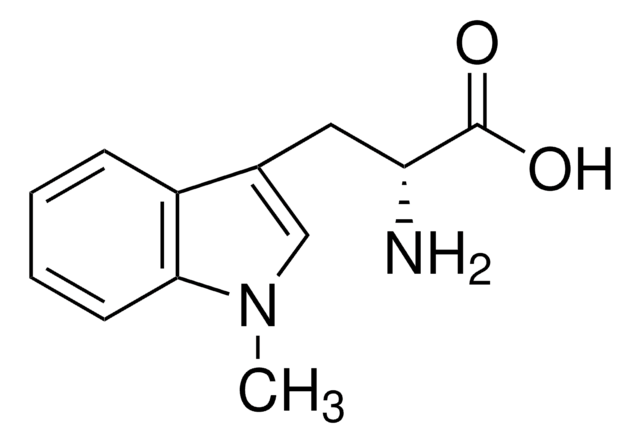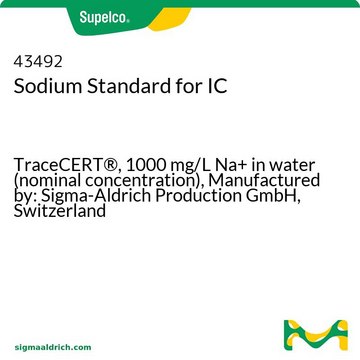V900222
Ammonium chloride
Vetec™, reagent grade, 99%
Synonym(s):
Salmiac
Sign Into View Organizational & Contract Pricing
All Photos(2)
About This Item
Linear Formula:
NH4Cl
CAS Number:
Molecular Weight:
53.49
Beilstein:
4371014
EC Number:
MDL number:
UNSPSC Code:
12352300
PubChem Substance ID:
grade:
reagent grade
form:
powder
Recommended Products
grade
reagent grade
vapor density
1.9 (vs air)
vapor pressure
1 mmHg ( 160.4 °C)
product line
Vetec™
Assay
99%
form
powder
pH
4.5-5.5 (20 °C, 50 g/L)
mp
340 °C (subl.) (lit.)
SMILES string
N.Cl
InChI
1S/ClH.H3N/h1H;1H3
InChI key
NLXLAEXVIDQMFP-UHFFFAOYSA-N
Looking for similar products? Visit Product Comparison Guide
Application
- Ammonium chloride catalyzed Knoevenagel condensation in PEG-400 as ecofriendly solvent.: The research demonstrates the use of ammonium chloride as a catalyst for the Knoevenagel condensation reaction in an ecofriendly solvent (PEG-400). This highlights the potential for sustainable chemical processes using ammonium chloride (Indian Journal of Chemistry -Section B, 2021).
- Recovery of Vanadium by ammonium chloride precipitation method using response surface methodology.: This study investigates the recovery of vanadium using ammonium chloride precipitation. The results show that a high recovery rate of over 90% can be achieved, demonstrating the efficacy of ammonium chloride in metal recovery processes (Gharagozlou et al., 2021).
- Ammonium Escorted Chloride Chemistry in Stabilizing Aqueous Chloride Ion Battery.: This paper discusses the stabilization of aqueous chloride ion batteries using ammonium chloride, which enhances battery performance and longevity. The research provides insights into the development of advanced energy storage systems (Sun et al., 2022).
Legal Information
Vetec is a trademark of Merck KGaA, Darmstadt, Germany
Signal Word
Warning
Hazard Statements
Precautionary Statements
Hazard Classifications
Acute Tox. 4 Oral - Eye Irrit. 2
Storage Class Code
13 - Non Combustible Solids
WGK
WGK 1
Flash Point(F)
Not applicable
Flash Point(C)
Not applicable
Choose from one of the most recent versions:
Already Own This Product?
Find documentation for the products that you have recently purchased in the Document Library.
Alexander J F Egan et al.
Proceedings of the National Academy of Sciences of the United States of America, 111(22), 8197-8202 (2014-05-14)
Bacteria surround their cytoplasmic membrane with an essential, stress-bearing peptidoglycan (PG) layer. Growing and dividing cells expand their PG layer by using membrane-anchored PG synthases, which are guided by dynamic cytoskeletal elements. In Escherichia coli, growth of the mainly single-layered
Allison L Boyd et al.
The Journal of experimental medicine, 211(10), 1925-1935 (2014-09-03)
Allogeneic hematopoietic stem cell (HSC) transplantation (HSCT) is currently the leading strategy to manage acute myeloid leukemia (AML). However, treatment-related morbidity limits the patient generalizability of HSCT use, and the survival of leukemic stem cells (LSCs) within protective areas of
Christine Burkard et al.
PloS one, 9(7), e101762-e101762 (2014-07-16)
Studies of viral entry into host cells often rely on the detection of post-entry parameters, such as viral replication or the expression of a reporter gene, rather than on measuring entry per se. The lack of assays to easily detect
Cyrill A Rentsch et al.
European urology, 66(4), 677-688 (2014-03-29)
Whether the commonly used bacillus Calmette-Guérin (BCG) strains Connaught and Tice confer different treatment responses in non-muscle-invasive bladder cancer (NMIBC) is unknown. To compare clinical efficacy, immunogenicity, and genetics of BCG Connaught and Tice. A prospective randomized single-institution trial with
Sewa Rijal et al.
Blood, 125(18), 2815-2824 (2015-03-05)
Phosphoinositide signaling regulates diverse cellular functions. Phosphoinositide-3 kinase (PI3K) generates PtdIns(3,4,5)P3 and PtdIns(3,4)P2, leading to the activation of proliferative and anti-apoptotic signaling pathways. Termination of phosphoinositide signaling requires hydrolysis of inositol ring phosphate groups through the actions of PtdIns(3,4,5)P3 3-phosphatase
Our team of scientists has experience in all areas of research including Life Science, Material Science, Chemical Synthesis, Chromatography, Analytical and many others.
Contact Technical Service






